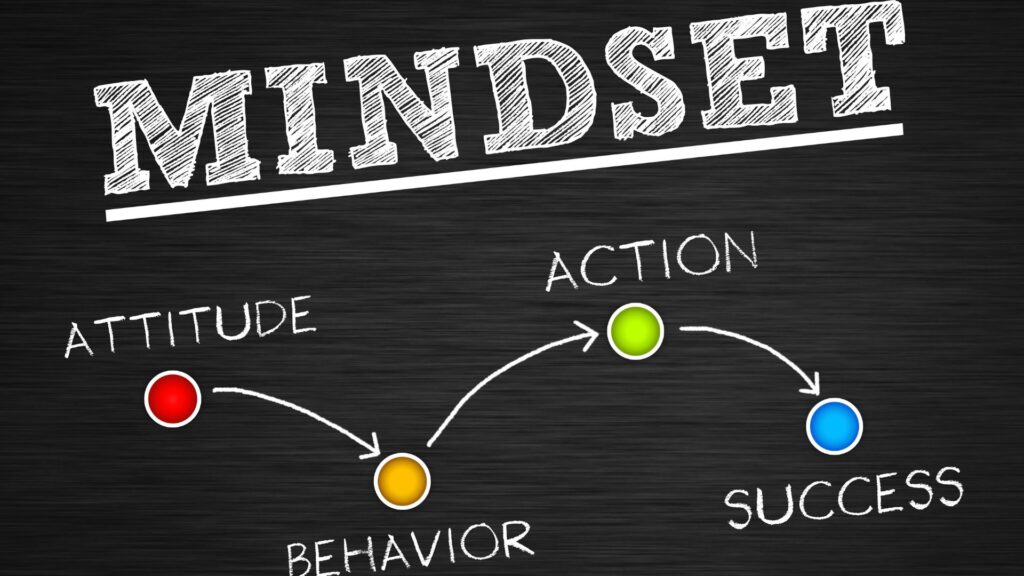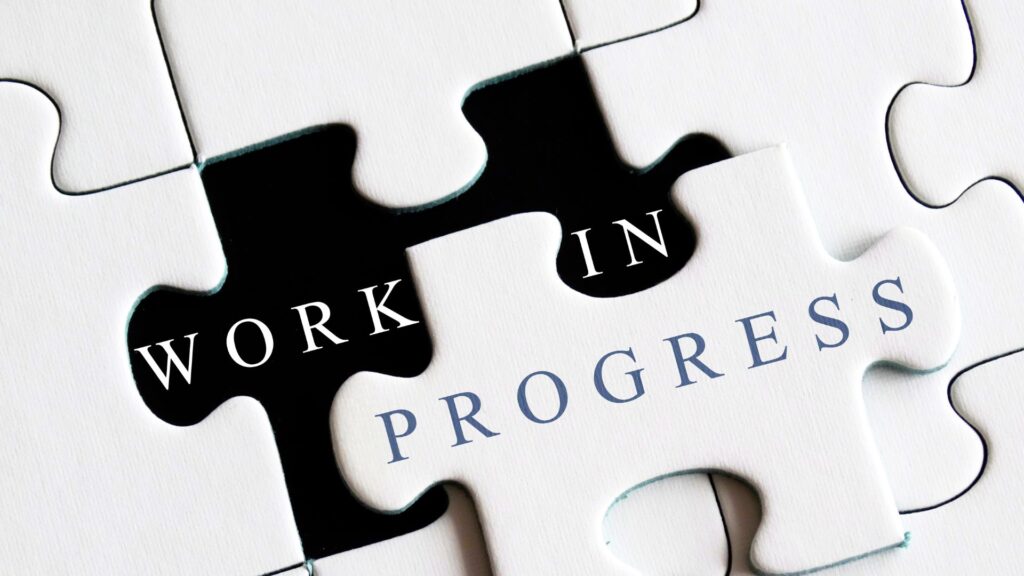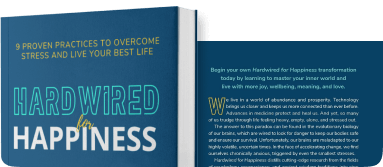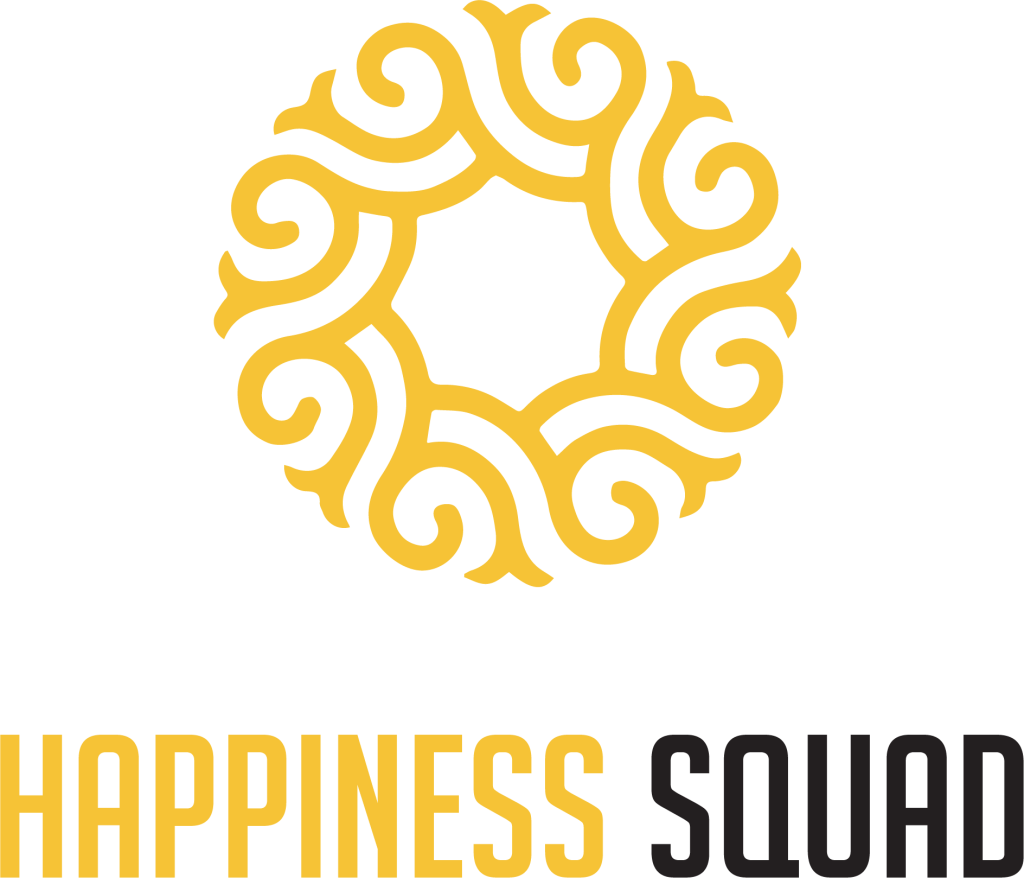
Being a leader in today’s business world means more than just handling stress; it means practicing ‘deliberate calm.’ This involves making thoughtful, well-considered decisions, even during chaos. But how do you learn to do this?
In this article, Ashish Kothari and Jacqui Brassey, Co-Leader & Senior Fellow at McKinsey Health Institute, shed light on the art of practicing deliberate calm.
“You need to move quickly, but before you move quickly, find that place of calm so you can choose consciously where you want to go rather than just react in the way you always reacted.”
Ashish Kothari
The Importance of Deliberate Calm in Decision-Making
Practicing deliberate calm is about staying grounded when the stakes are high. Imagine you’re facing a critical business decision with a lot on the line. Ashish points out that when things are happening so fast, they trigger us. In these moments, it’s tempting to react and decide quickly, but it’s crucial to first be aware of the mindsets we might be operating in:

- The protection mindset is primarily about safeguarding oneself from potential threats, risks, or failures. It’s a defensive approach where the focus is on maintaining the status quo, avoiding change, and minimizing risks.
- The learning mindset is characterized by openness to new experiences, a willingness to learn, and adaptability. It embraces change and views challenges as opportunities to grow and develop.
Both mindsets have their place, and the key is to recognize which mindset is most appropriate in a given situation and to be able to switch between them as needed. This is where deliberate calm comes in.
“When unpredictability increases and changes fast, you need to know when to pause and take a calm step back. It’s about keeping an open mind, being aware, and being able to take the right decisions in moments that matter.”
Jacqui Brassey
Deliberate calm teaches us to take a breath, assess the situation calmly, and then act. This approach ensures that your decisions are not just fast, but also smart and well-considered. Jacqui says if unpredictability increases, the need for deliberate calm increases exponentially with it.
Fostering Team Collaboration and Understanding
Jacqui explains that the impact of deliberate calm goes beyond team dynamics. It’s critical to be applied in operations meetings when you need to think about the future of your organization and talk about innovation. When this is brought into the mix, it unleashes a lot of potential because people start listening and understanding each other.

She observes that without it, you get “little chiefdoms and kings at the table that fight invisibly.” In other words, without deliberate calm, team meetings can turn into power struggles. By practicing deliberate calm, you encourage an atmosphere where everyone feels heard and understood, paving the way for more effective teamwork and collaboration.
Dual Awareness
A crucial aspect of deliberate calm is what Jacqui calls ‘dual awareness’ – being aware of your internal state and the external situation simultaneously. It’s a combination of interoception and exteroception, which means understanding what a situation requires externally (exteroception) while also being in tune with what is happening internally (interoception).

As Jacqui puts it, “It’s actually about being aware of what is needed in the moment or a situation and connecting it with what’s going on inside.” So when you are facing high-stress situations, try to recognize your feelings and thoughts, and how they might affect your decision-making, while also staying tuned into the needs of the situation at hand.
The Journey to Deliberate Calm
Developing a team culture of deliberate calm doesn’t happen overnight. It’s a process, not a quick fix. Both Ashish and Jacqui emphasize that cultivating deliberate calm in a team is a journey that takes time and practice.

As Jacqui notes, “You need time. You can’t just push a button and now your team is deliberately calm.” It’s a gradual process that requires patience, practice, and a willingness to grow. Start by modeling deliberate calm yourself, and encourage your team to practice it in their interactions. Over time, this can lead to a more thoughtful, responsive, and resilient team.
Conclusion
By practicing deliberate calm, you can lead your team through complex situations with confidence and poise. Ashish says every breath is an opportunity to start a new thing. If we start to build these habits one at a time, we will be better in our lives.
“You can try to fake it till you make it, but it’s not going to take you far unless you do the deeper work around recognizing what gets in your way in terms of your fears, thoughts, and feelings, to make the shift.”
Ashish Kothari
Remember, it’s a skill that grows stronger with practice, so start today and watch as you and your team transform into more adaptive, thoughtful, and successful collaborators. This is not about perfection, but it’s about progress.
Being a leader today means practicing deliberate calm: staying composed and making wise choices, even when things get hectic. In this article, Ashish Kothari and Jacqui Brassey, Co-Leader & Senior Fellow at McKinsey Health Institute, shed light on practicing deliberate calm.
Learn more about Jacqui at her LinkedIn.
Listen to the podcast with Ashish and Jacqui below.
Access and subscribe to all of the episodes of the Flourishing Edge Podcast here.
Visit the REWIRE Program powered up by the HAPPINESS SQUAD Community and experience your shift within your 30-day risk-free trial today. Cultivate your Self-Awareness, Gratitude, Purpose, Community, and personal growth more through the 9 Hardwired for Happiness practices. Integrate simple and proven micro-practices grounded in the science of happiness and neuroscience of habit formation in 5 minutes a day.
Make Flourishing Your Competitive Edge.


